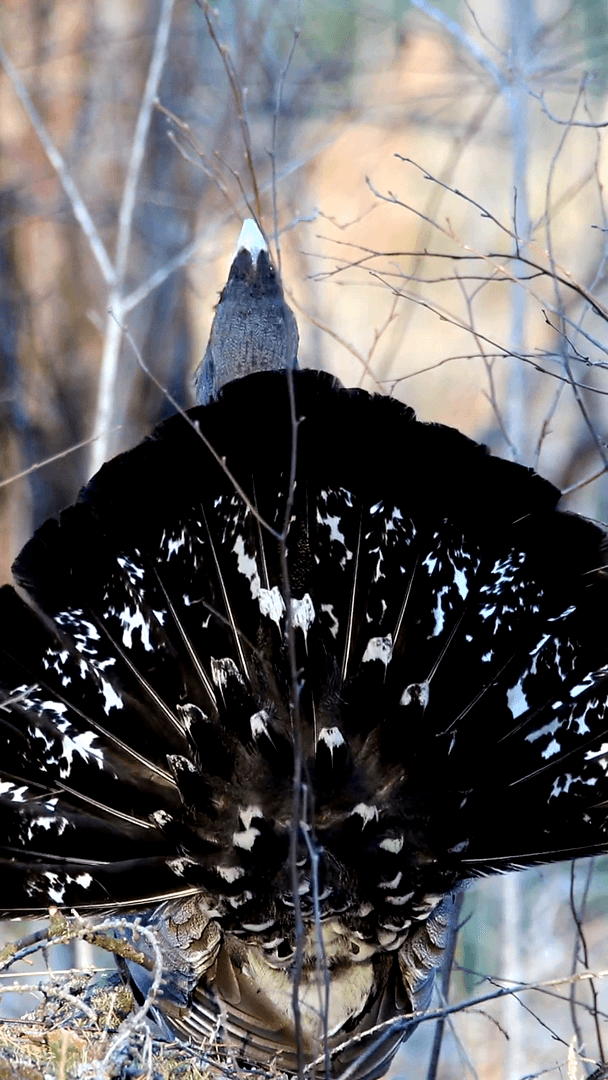
From Valleys to Glaciers: Laws and Legislation, Hunting System and Demographics. The Unique Experience of Hunting in VALLE D'AOSTA Geographic and Natural Features of the Region from a Hunting Perspec
Post: 13 May 14:07

Post: 13 May 14:07

Post: 14 July 18:17

Post: 19 August 10:15

Post: 18 August 08:15